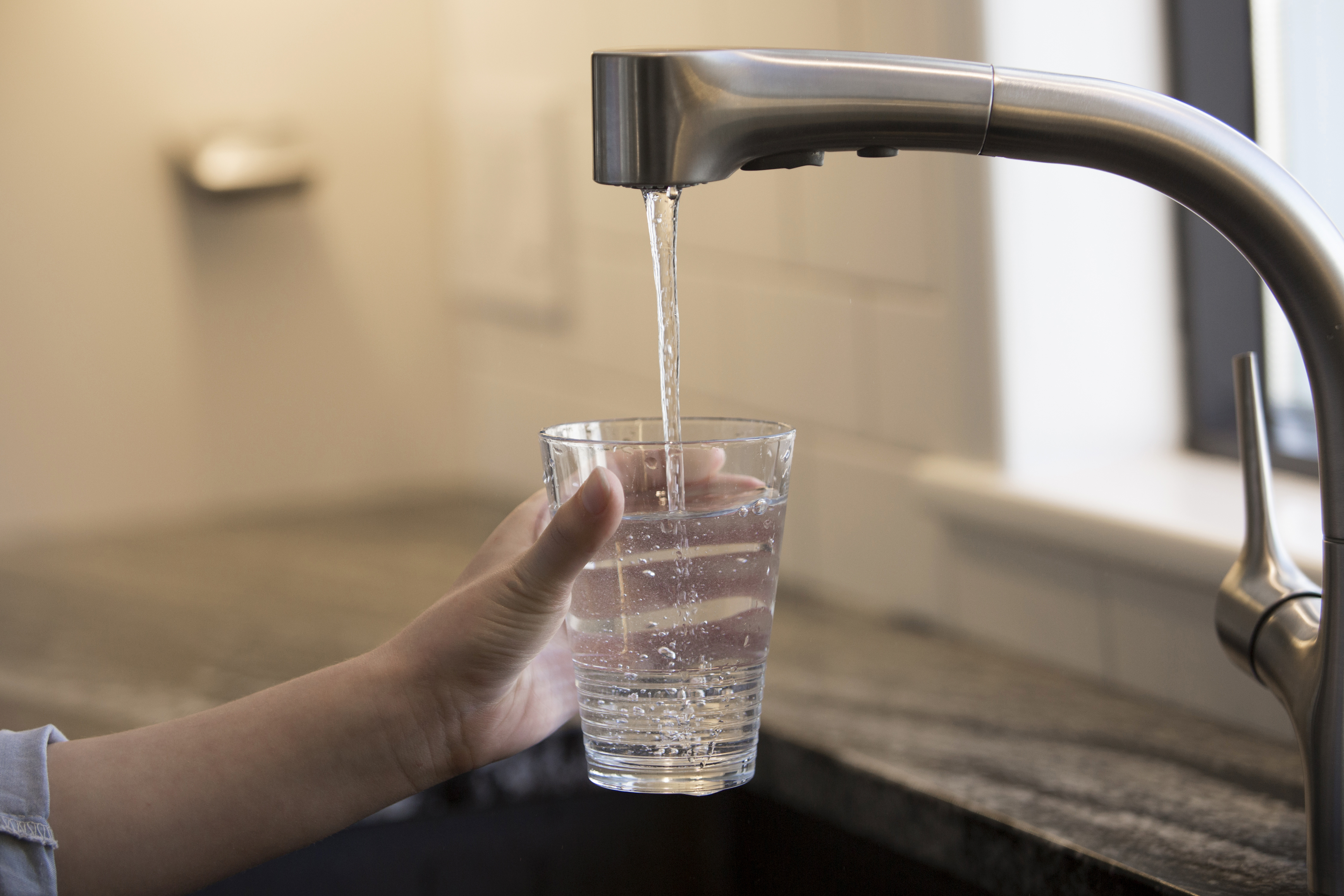
Test your well water
More than 40% of Nova Scotia households get their drinking water from their own private wells. Well water should be tested regularly for bacteria and chemical contaminants.
Bacteria, viruses and parasites can make their way into your well water and can make you and your family sick. There can be serious long-term health effects from long-term exposure to unsafe levels of naturally occurring chemicals such as arsenic and uranium.
You can’t tell if your well water is safe to drink based on smell, taste or colour. You can’t assume it is safe based on your neighbour’s water test.
You can only be sure your well water is safe to drink if you get it tested regularly.
How often to test
Well water should be tested every six months for bacteria and every two years for chemical contaminants.
Some people draw water from a lake or river. We don’t advise doing this unless you filter and disinfect the water. Lakes and rivers are surface water supplies and they should be tested for bacteria every six months and chemical contaminants every year.
How to take a sample
You can pick up bottles and drop off samples at Nova Scotia Health Authority locations around the province for both bacteria and chemical testing. There are also other labs that test drinking water.
Follow the steps for taking a sample to test for bacteria and a sample to test for chemical contaminants.
For your bacteria test, ask the lab for a Presence/Absence (PA) test for total coliform and E. coli bacteria. This test costs about $30 to $50.
For your chemical contaminant test, ask the lab to include the following at minimum:
- Alkalinity
- Aluminum
- Ammonia
- Antimony
- Arsenic
- Barium
- Boron
- Cadmium
- Calcium
- Chloride
- Chromium
- Colour
- Conductivity
- Copper
- Fluoride
- Hardness
- Iron
- Lead
- Magnesium
- Manganese
- Nitrate
- Nitrite
- pH
- Potassium
- Selenium
- Sodium
- Sulphate
- Total Dissolved Solids
- Total Organic Carbon
- Turbidity
- Uranium
- Zinc
The cost to test for this recommended list ranges from about $200 to $300 every two years.
Sometimes, it may be useful to also test for individual chemicals, or smaller groups of chemicals. You may do this to monitor individual chemicals and to verify that any treatment systems are working. Typical chemical parameters used for this include pH, hardness, and the specific metals or other chemicals being treated for. It is generally less expensive to test for individual parameters, but testing the complete package is still recommended every two years.
Potential drinking water contaminants such as petroleum hydrocarbons or pesticides are more expensive to test for and would usually only be done if you have a good reason to suspect these specific types of contamination.
How to read the results
The lab will send you the results of your water test. Use our Drinking Water Interpretation Tool to understand what the results mean.
Learn more about other contaminants that are sometimes found in well water or in water drawn from lakes and rivers. Pay particular attention to any chemical that exceeds a Health Canada guideline (Maximum Acceptable Concentration). Arsenic and uranium are prevalent in Nova Scotia and have health risks. Learn more about arsenic in groundwater in your area.
Pay extra attention to the results for lead because Health Canada has lowered the guideline to 0.005 milligrams/litre. Lead can affect brain development and behaviour in children, and high blood pressure or kidney problems in adults. Learn more about lead in drinking water.
Also pay extra attention to the results for manganese because Health Canada has established a guideline based on health risks. The limit is 0.120 milligrams/litre. Recent research shows that, over time, drinking water with manganese above this guideline can affect brain development in children, and memory, attention and movement in adults.
Treatment
If contaminants exceed acceptable levels in your water, you should treat your water before using it for drinking.
We offer resources to help you learn more about choosing a water treatment system that’s right for your situation, and maintaining the system.
You can also talk to a reputable water quality treatment contractor.
